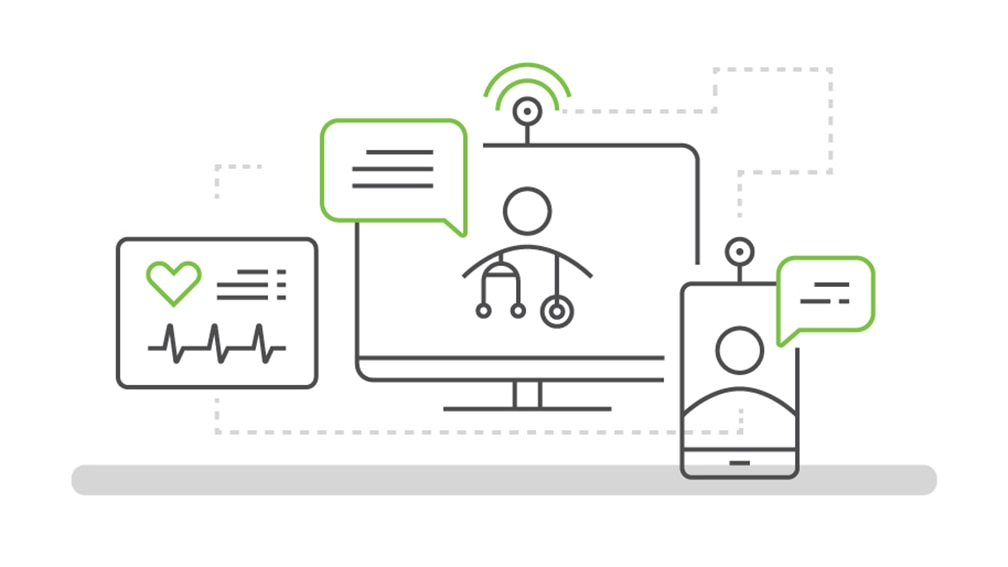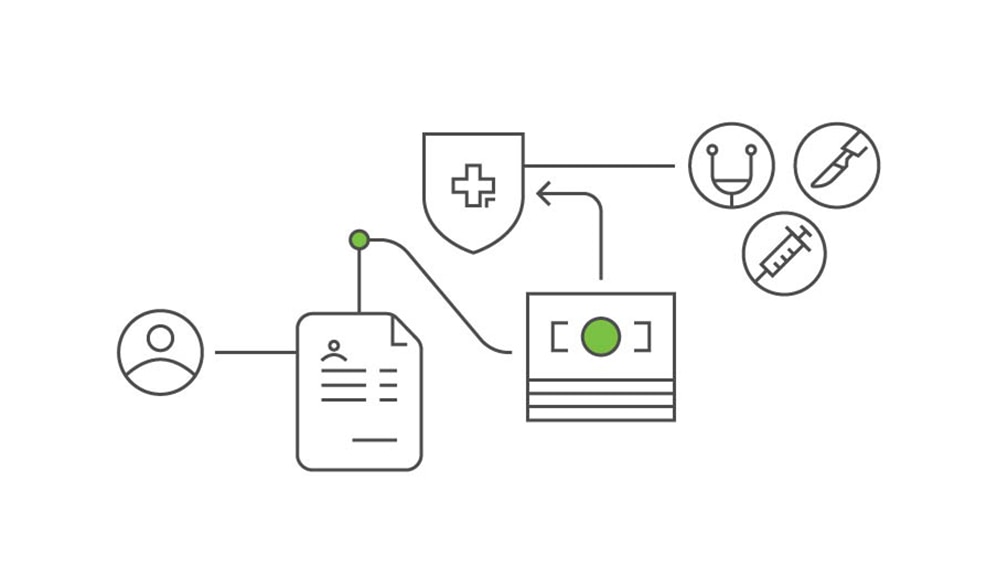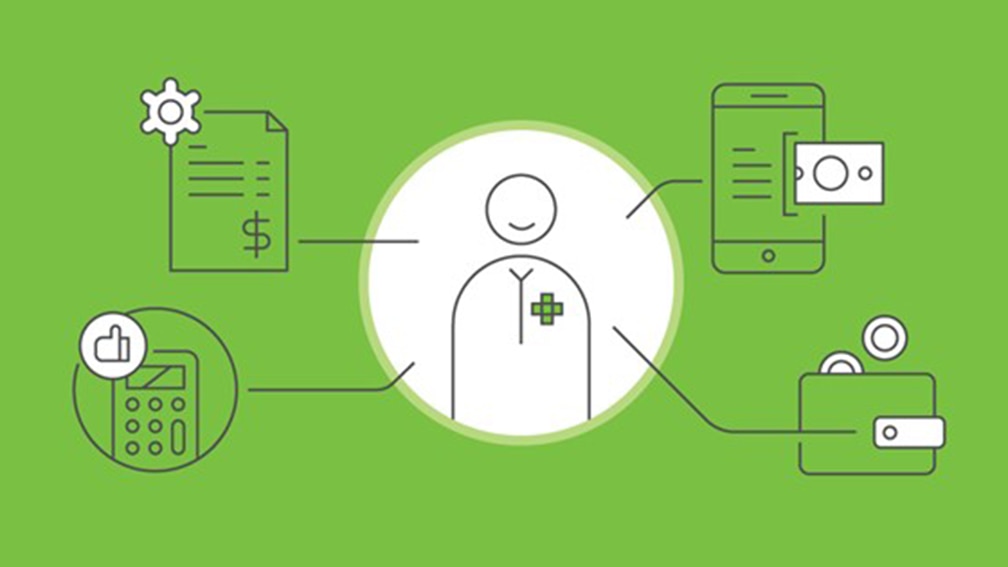How to communicate financial responsibilities to patients
Discover helpful ways to effectively communicate healthcare financial responsibilities with patients before, during, and after care.
By Maureen Bonatch
Posted Jul 20, 2023 - 6 min read




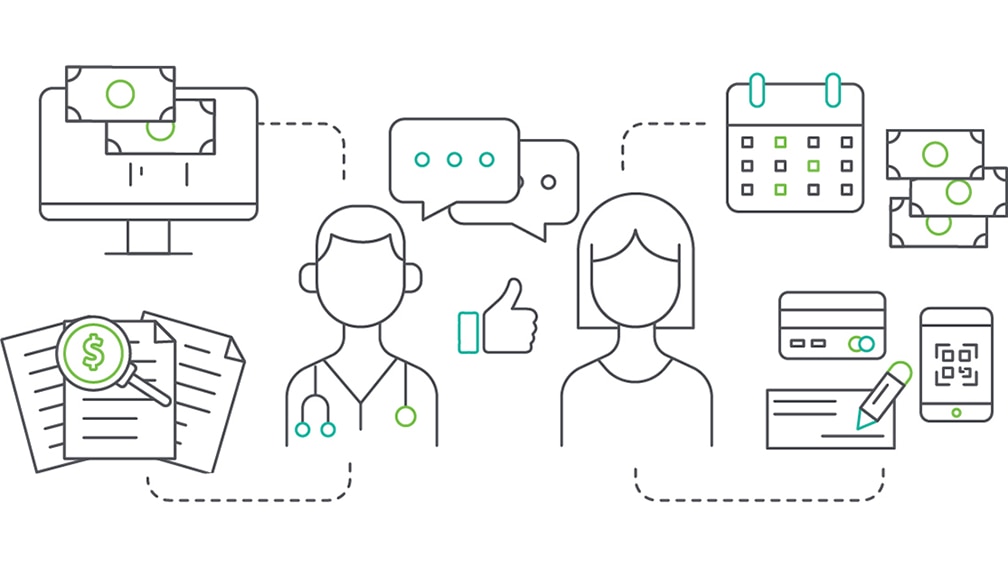
Copays, deductibles, coinsurance, and out-of-pocket payments are terms healthcare workers use every day, but these words may sound like a foreign language to patients. Now that a more significant portion of healthcare costs has become the patient’s responsibility, health systems and providers are focusing more of their attention on billing and collections. As a result, it’s best to prioritize transparency about financial obligations in patient communication.
Research Shows Room for Improvement
The 2021 Healthcare Consumer Experience Study from Cedar reveals that consumers want improvements in their healthcare payment experience, including:
- Better explanations of bills
- Improved communication between provider and payer
- Accurate accounting of out-of-pocket costs
- Consumer-friendly payment methods
Industry-wide, health systems and providers appear to have a lot of room for improvement. You can set the standard by better communicating with patients about their financial responsibilities and trying to ensure they understand the billing process. Knowing how much or how to pay can help patients feel more in control. It can also help improve patient retention.
Strategies to Communicate Financial Responsibilities
It can be challenging to determine how or when to discuss the cost of care. Patients may be dealing with a chronic illness, financial hardships, and/or have worries about a health diagnosis. Reviewing payment options may feel uncomfortable, but it doesn’t have to be complicated. In fact, when done well, this conversation can help patients feel empowered.
You can help employees be an important resource and improve the patient experience by providing regular training on patient engagement strategies about financial responsibilities. You can use scripts to detail how, when, and what to say to assist employees with patient engagement. These conversations may provide opportunities to recognize signs that a patient may benefit from financing options or a payment plan. Training on how to communicate with patients may include:
How to Communicate:
- Use simple language and try to avoid the use of medical jargon, acronyms, and confusing terms.
- Be as transparent as possible, state in advance what the cost covers, and encourage questions.
- Repeat or rephrase the information you provide and your answers to the patient’s questions to help ensure the patient understands.
- Explain payment options and ways to manage the cost of care, such as financing with convenient monthly payments available with the CareCredit credit card.
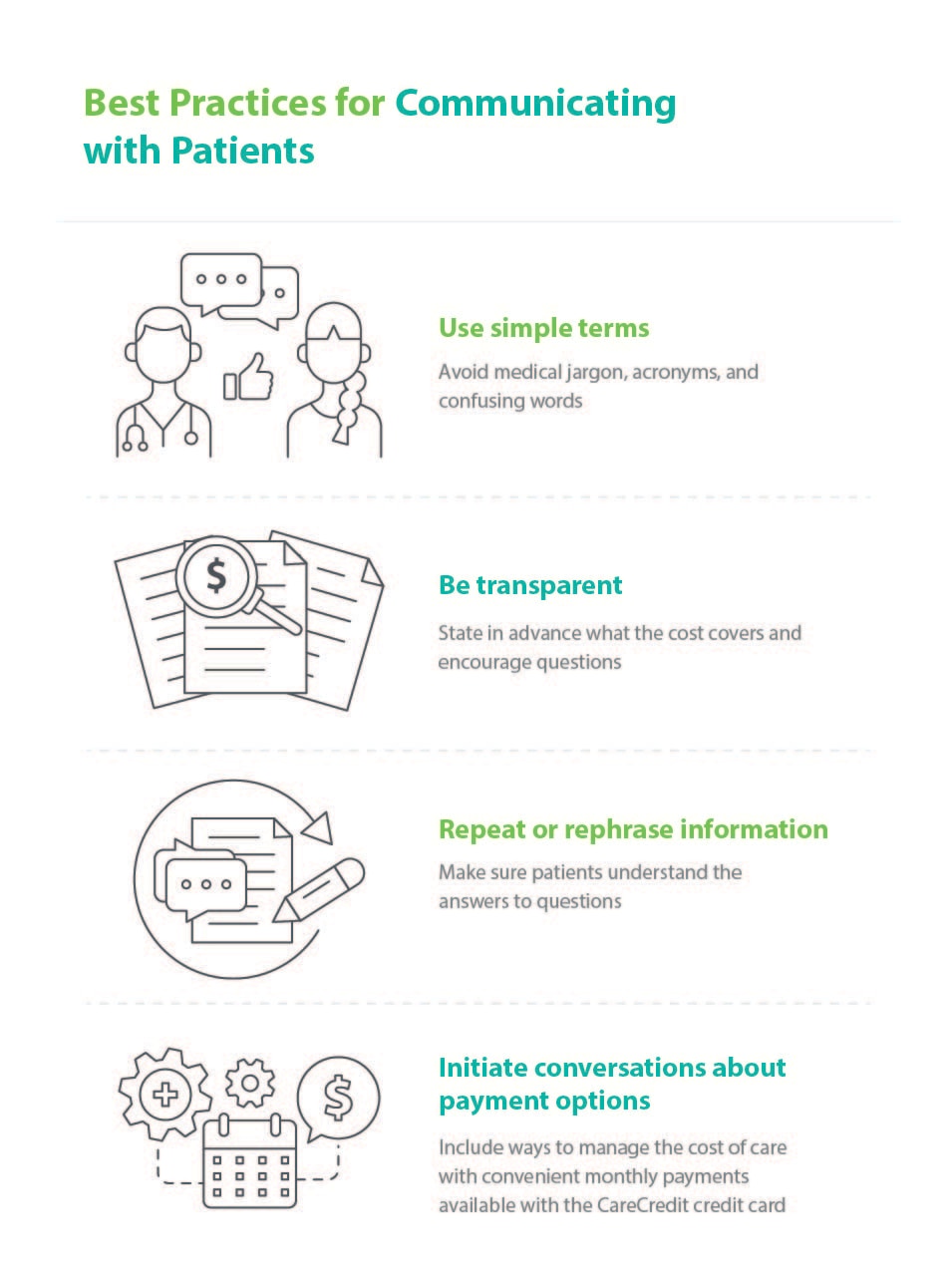
What to Communicate:
- Do your best to provide cost estimates so the patient understands and can prepare for financial obligations.
- Offer multiple, flexible payment options, such as financing with convenient monthly payments available with the CareCredit credit card.
- Explain what insurance is likely to cover.
- Discuss and agree upon the best approach to meet financial responsibilities.
When to Communicate:
- Before care: When possible, provide price transparency on your website or other informational materials by listing the costs of standard services, sharing articles that clarify insurance terms, or including a cost estimation calculator.
- While scheduling care: Remind patients to bring insurance cards, gently explain whether a copayment is required, and ask about patients’ preferred payment method.
- During care: Display information and offer the patient a hard copy to help ensure they understand their financial responsibility before leaving the office.
- After care: Communicate with patients about their financial responsibility through various methods, such as text, phone call, email, and web portal reminders, as well as follow-up appointments.
Communicate Early and Often
During a busy office day, it may be tempting to gather the charges required at the visit and not worry about additional costs. When you provide transparency regarding fees, it can help set expectations early and allows time to respond to patients’ questions.
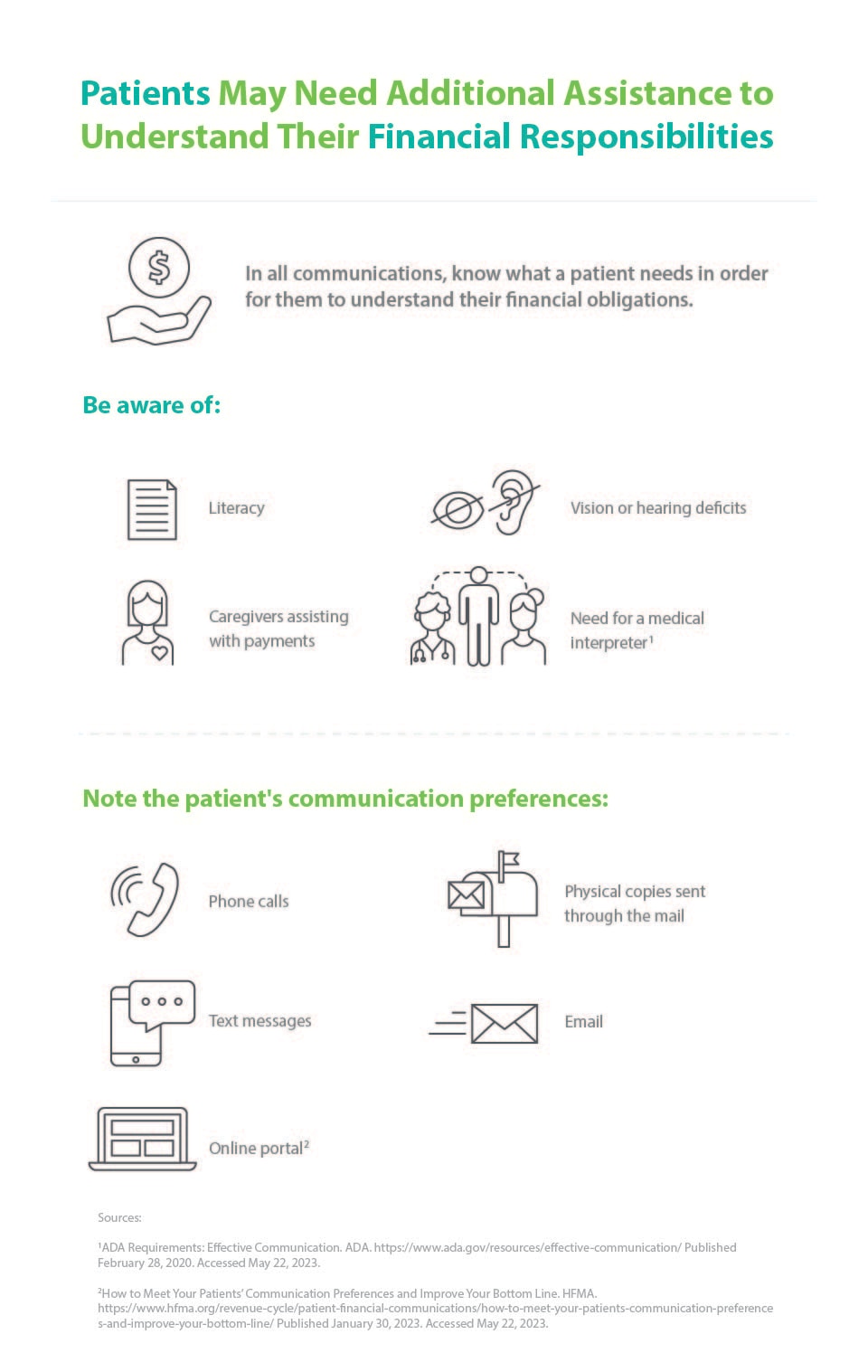
In all communications, do what you can to be aware of what the patient needs in order to understand their financial responsibilities. Many factors may influence patients’ communication preferences, including literacy, vision, hearing deficits, or having a caregiver assist with payments. Some patients may require a medical interpreter to ensure they understand responsibilities in the language they know best. Consider methods that can improve patient satisfaction by asking about their communication preferences and being responsive to their needs. Ask staff to clarify whether the patient:
- Prefers a phone call or would like to receive a physical copy of their information in the mail.
- Only answers phone calls from numbers they recognize or delays checking their voicemail for days.
- Can’t answer calls during their workday or doesn’t have time to wait on hold.
- Wants to receive information via text messages.
Texting is becoming a more popular method of patient communication. Sending and receiving a text can be more efficient than calling for both patients and employees. The patient response is often higher, and patients often read the messages sooner. However, providers need to be mindful of the Telephone Consumer Protection Act (TCPA) and any state regulations that may require consent from patients before sending certain communications by text.
Create Detailed Billing Statements
When a medical system clarifies healthcare terms, explains costs, and practices financial transparency, it may be easier for patients to pay a bill. Patients better understand what they owe and why they owe it. When they understand the charges, they can see if the provider charged them correctly, improving their trust in their doctor.
Billing should be as predictable and clear as possible. Tips for patient financial communication using easy-to-understand billing statements could include:
- Before the visit, clarify if the patient prefers a paper, electronic, or texted billing statement.
- Communicate the costs for the visit and the patient’s potential financial obligations to prepare them for copayments and review their payment options with them.
- Use the same terms on the bill and in all communications so the patient can more easily reference their billing statement during the conversation.
- Provide information on where to view bills online, how to pay, and who to call for assistance.
- Choose a large, legible font, and aim to provide concise information that includes all the necessary details needed to complete payment.
- Consider bolding, underlining, and using color to ensure patients can easily identify the payment amount and due date.
- Outline charges, previous payments, and insurance adjustments in columns to make it clearer how the costs were determined.
- Make payment instructions clear and easy to understand. Include a prominent contact number so patients can call and more easily resolve payment questions.
Patient Communication and Financial Satisfaction
You can help relieve patients' stress by communicating financial responsibilities as early as possible. Your employees can explain that there may be ways to pay for care that help them manage their budget. When you can, offer convenient monthly payments and various payment options to meet their preferences and help set their minds at ease.
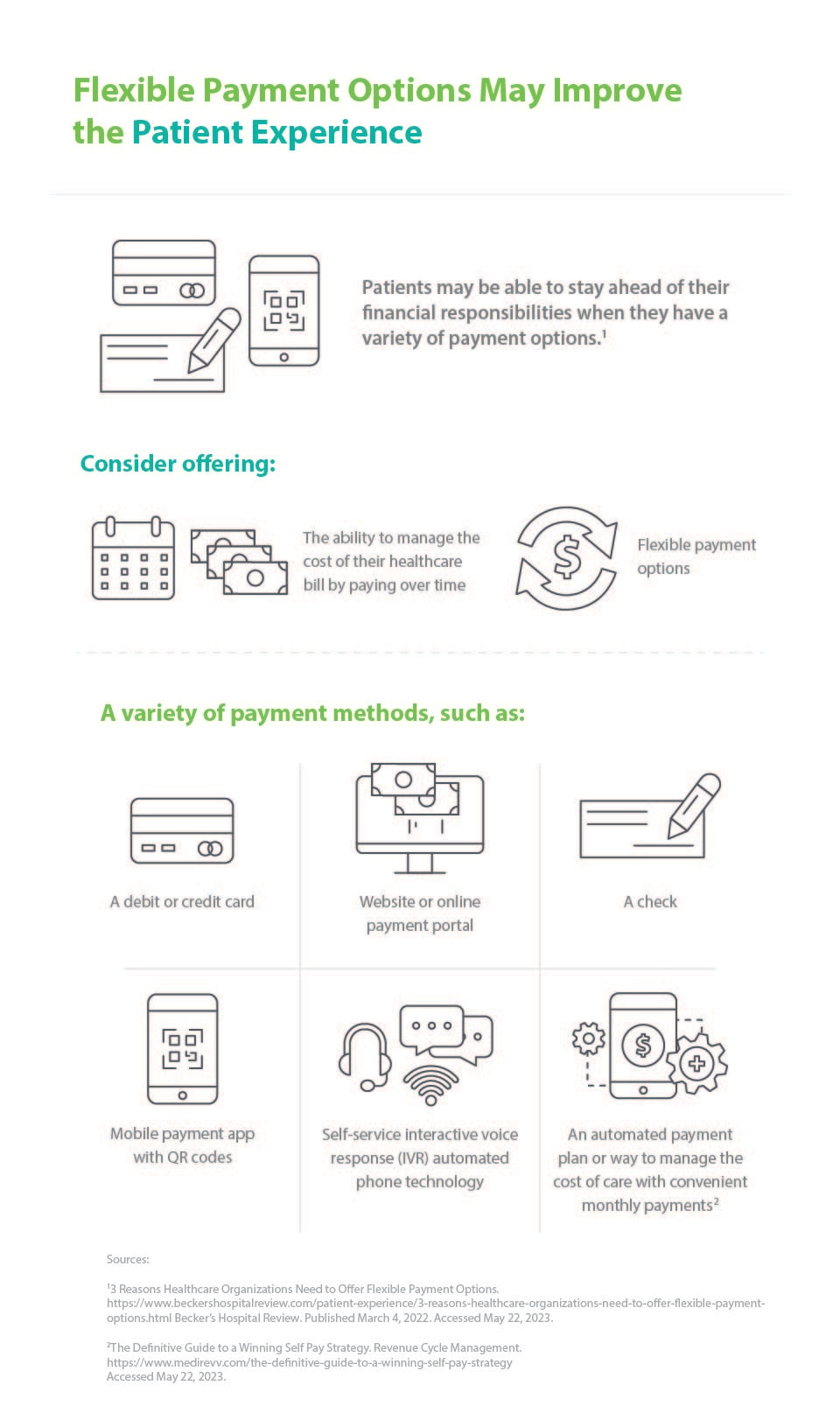
Presenting flexible payment options may improve the patient experience and reduce stress. Patients can focus more on wellness and less on finances. Various options to offer include:
- The ability to manage the cost of their healthcare by paying over time or in monthly installment payments
- Flexible payment options, such as the CareCredit credit card
- A variety of methods for payment, such as with:
- A debit or credit card
- A website or online payment portal
- An automated payment plan or way to manage the cost of care with convenient monthly payments
- A mobile payment app with QR codes
- Self-service interactive voice response (IVR) automated phone technology
- A check
Use each interaction to tactfully offer the opportunity to pay a portion or all of the bill. Include prompts for bill payment while scheduling appointments, in automated email messages, text or voice reminders, or other patient engagement strategies. Invest the time to help reduce future time spent on phone calls with patients, payment delays, or missed appointments.
Improve Patient Satisfaction
Communicating with patients about their financial responsibilities can improve patient satisfaction and protect revenue. Patients want to have the same convenient, seamless billing experience they’ve become accustomed to with retailers and other services. When you can provide unified communication via confident, trained employees, patients will be better-informed and may be more likely to make timely payments.
About the Author

Maureen Bonatch MSN, RN
Maureen Bonatch MSN, RN draws from roles in nursing leadership, education and psychiatric nursing to write healthcare content. Her extensive experience in recruitment, procedural development, and retention tactics contributed to the reduction of staff turnover and improvement of morale. Maureen has written or contributed to the authorship of a wide range of website articles, healthcare journals and in the creation of online educational content. She is also a prolific fiction author. Learn more about her freelance writing at CharmedType.com and her fiction books at MaureenBonatch.com

This content is subject to change without notice and offered for informational use only. You are urged to consult with your individual business, financial, legal, tax and/or other advisors and/or medical providers with respect to any information presented. Synchrony and any of its affiliates, including CareCredit, (collectively, “Synchrony”) makes no representations or warranties regarding this content and accept no liability for any loss or harm arising from the use of the information provided. Your receipt of this material constitutes your acceptance of these terms and conditions.




